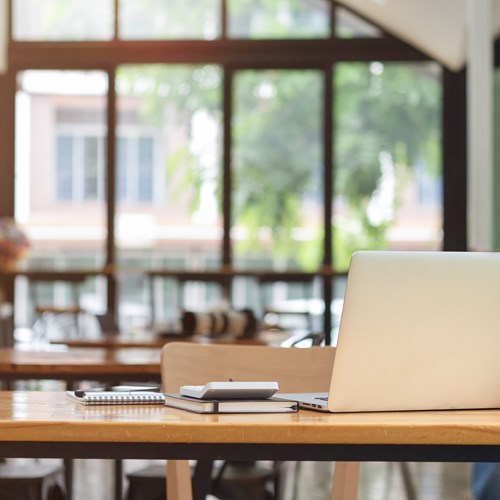
To view the content, please enable marketing cookies by clicking on the button below.
Cookie settings

Only a few years ago, dropping that question at a corporate mingle would no doubt have raised some eyebrows. Today however, with the compounded effect of the gig and freelance economy and the pandemic uprooting old working models, the answer to what constitutes an office is far from obvious.
Even before the pandemic, co-working was on the rise as remote employees and freelancers looked for a cheaper, more flexible alternative to the traditional corporate model. Mostly, the hallmarks of those early co-working spots were large, open areas where freelancers yearning for interaction could enjoy a collaborative workspace.
But then the pandemic hit. Suddenly, as every point of human contact was turned into a potential health threat, the need for interaction had to be balanced with the imperative of social distancing.
The result? A move towards flexibility.
After all, how else can architects and interior designers juggle every possible need of modern workers? Some demand privacy for writing that next bestselling novel, while others need to throw around ideas with fellow creatives. Meanwhile, more workers expect office spaces to go beyond just offering a desk and a comfortable chair. For example, common features in cutting-edge coworking places include nap pods, sound-proofed phone booths, areas for exercise, lounge areas, gaming rooms, music-listening corners and lactation rooms to support new mothers.
So, enter the modular approach! By designing shared offices without permanent structures, architects can create spaces where not only furniture can easily be moved around, but also mobile walls and doors as well as adaptive lighting that can create the desired effect and even distinguish areas used for various purposes. Meanwhile, the agility of these spaces makes it easier to rapidly respond to viral outbreaks as larger breakout spaces can be turned into private cubicles.
As such, while the architectural transformation of the shared office began, only a few years ago, with a merging of the "private" and "public," it’s currently shape-shifting once more — into an elastic model that fully shapes itself around user needs.
So, what is an office? Well, the answer will in the future depend on what you need.
In the latest episode on SAPA SERIES, architect and designer Caro Lundin shares her vision for the future of the shared office space.
Launched in the midst of the COVID-19 crisis, Lundin opened ARC Club in Homerton, east London, as a place for those struggling to work efficiently during the pandemic. It only took six weeks for her self-titled studio to complete ARC Club, after taking over a retail unit. The style is a stripped-back, fuzz-free environment — designed with interiors decked out with a selection of low-cost and durable materials that Lundin felt reflected a climate where coworking is "a necessity and not a nice-to-have".